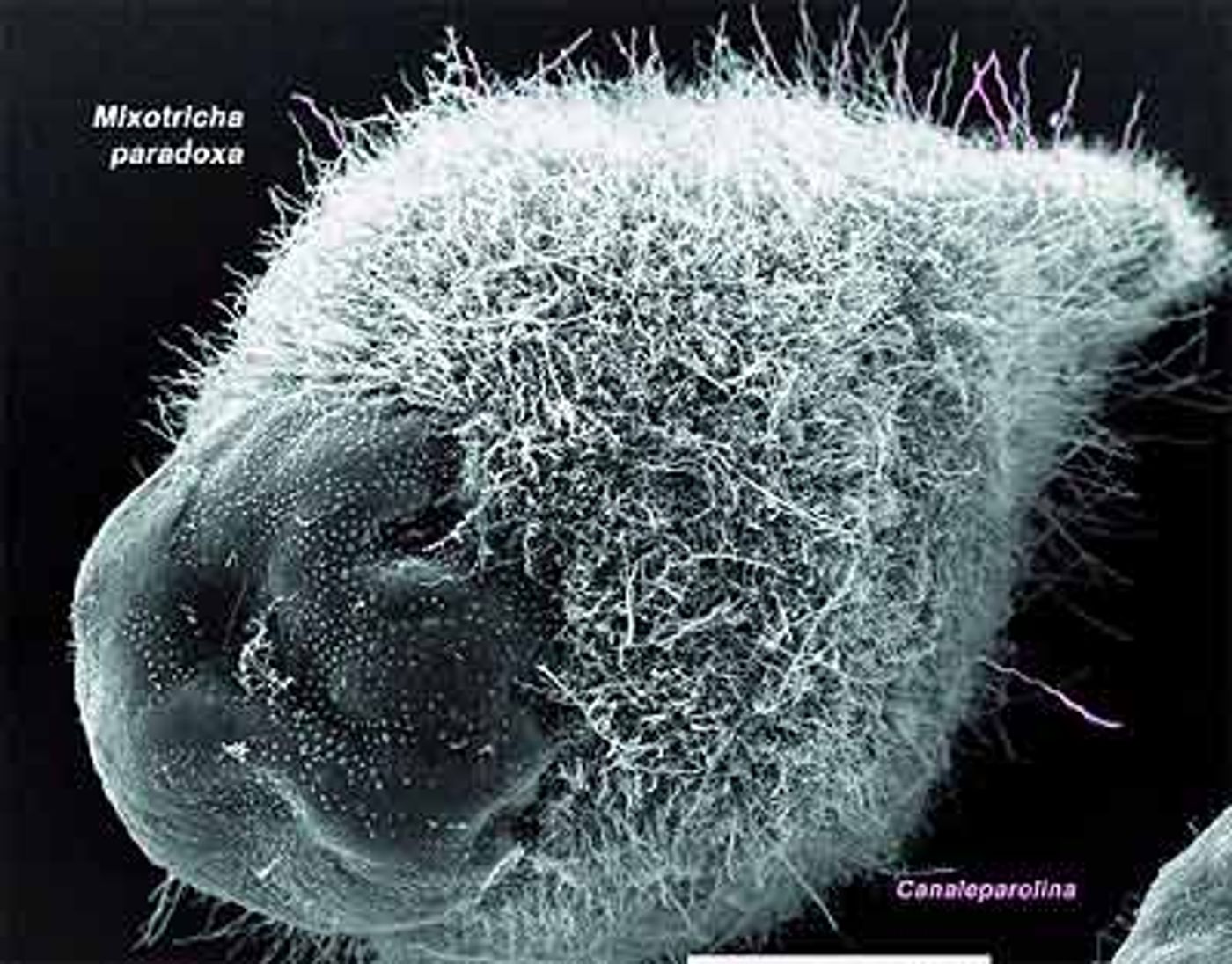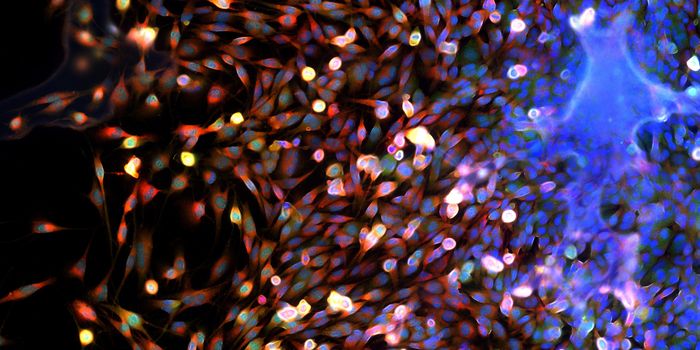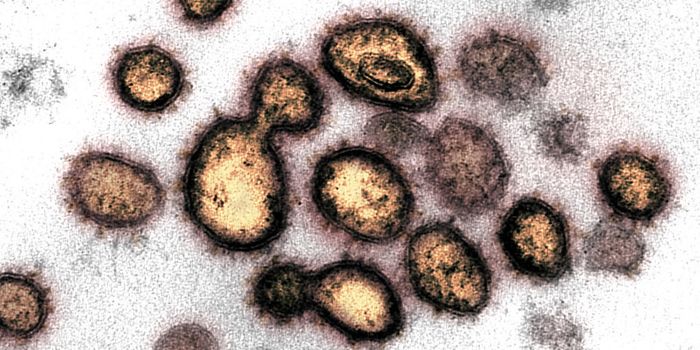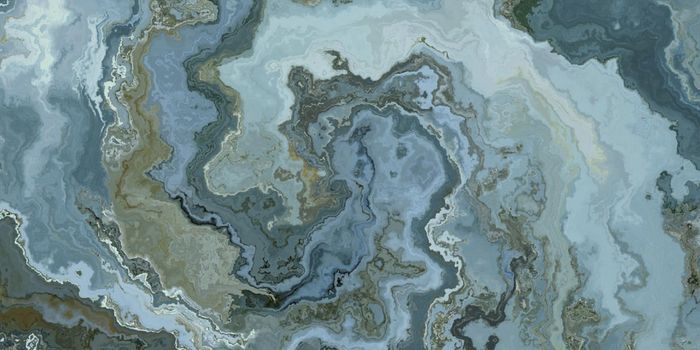Mixotricha paradoxa is a curious protist that lives in the gut of the Australian termite, where it helps digest cellulose. But, that’s not what’s so cool about it.
Mixotricha isn’t just a protist, it’s really a collection of organisms all working together.
In total, Mixotricha shares its life with four other microbes. Mixotricha is pear-shaped and has four flagella. The cells are relatively large compared to other microbes in the termite gut, between 250 and 500 microns in diameter
This protist also appears to be ciliated, but that’s where things get weird. Those cilia are actually spirochete bacteria that propel
Mixotricha through its environment (a process called motility symbiosis) - the larger flagella are just for steering.
In 1933, Australian biologist JL Sutherland gave this protist the name Mixotricha (meaning “the paradoxical being with mixed-up hairs”) based on these “cilia” that covered the entire cell. Everyone thought they were cilia until the 1960s, when AV Grimstone and LR Cleveland used electron microscopy to show that the cilia were actually bacteria. In fact, they showed that there were two kinds of bacteria on the surface of Mixotricha. They also found bacteria living inside Mixotricha itself.
The spirochetes that help Mixotricha swim are related to Treponema, which cause syphillis (don’t worry, these don’t cause disease). Treponema are Gram-negative, helical-shaped bacteria (hence, spirochete). These spirochetes cover the majority
Mixotricha’s surface, save for the posterior ingestive zone (which I assume is a fancy word for mouth).
It’s still not clear exactly how the spirochetes help Mixotricha swim. Spirochetes are unique among bacteria because their flagella are actually internal; they are located inside the periplasmic space, in-between the outer and inner membranes. Usually, spirochetes swim by turning like corkscrews through viscous material like mucus - I’m having a hard time visualizing how the spirochetes remain attached to Mixotricha and also confer motility. However it happens, it works.
Three other species of bacteria make their homes on and in Mixotricha. Along with the spirochetes that make Mixotricha motile, there is a larger species of spirochete whose role is not clear. In addition, there are rod-shaped bacteria attached to the surface of Mixotricha. These rods are closely related to the Bacteroides, but their function is also not known.
As mentioned earlier, a fourth group of microbes lives inside Mixotricha cells. These bacteria take the place of the mitochondria, which Mixotricha lack.
So, in total, Mixotricha can be said to contain five genomes - from Mixotricha itself, its spherical endosymbiont, and its three ectosymbionts (spirochetes and rods).
Sources: European Journal of Protistology,
Natural History Magazine, MicrobeWiki, Wikipedia









